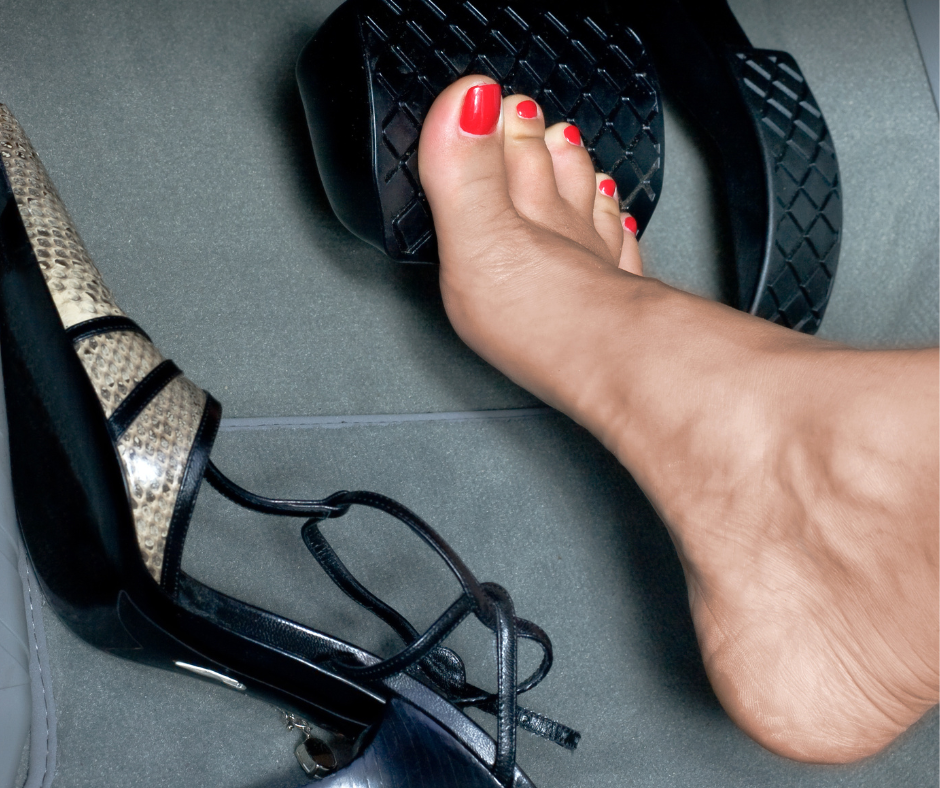
Spending a lot of time behind the wheel, whether you’re stuck in daily traffic or embarking on a long road trip, can surprisingly take a real toll on your feet and ankles. That nagging ache, numbness, or stiffness isn’t just tired feet; it might be what’s commonly called driver’s foot. We at Syracuse Podiatry have a lot of experience dealing with this condition, so let’s dive into what foot problems your commute may be causing.
Why Driving Can Hurt Your Feet
Think about what your feet do when you drive. Your right foot is constantly hovering over the gas and brake pedals and holding steady pressure for long stretches. All the while, your left foot stays in a fixed, inactive position.
This combination of repetitive motion, sustained pressure, and lack of varied movement can cause heel pain and a host of other foot problems. The angle of your foot, the firmness of your pedals, and even your seat position all play a role in how much strain your feet and ankles endure.
Common Foot Problems for Drivers
Several foot and ankle conditions can bother you on long road trips or your commute to work:
- Plantar Fasciitis: Sharp, stabbing heel pain right when you take your first steps out of the car. The constant slight flexing and holding of your foot on the pedals can strain the plantar fascia, especially if your shoes lack support.
- Achilles Tendonitis: Similar to plantar fasciitis, the repetitive motion and sustained tension in your ankle from working the pedals can inflame the Achilles tendon.
- Metatarsalgia: Constantly pressing on pedals puts direct pressure on the ball of your foot. This can inflame the area and create a burning or aching sensation.
- Morton’s Neuroma: No, a pebble from the car mat didn’t get stuck in your shoe. If your foot is squeezed or compressed by narrow shoes while on the pedals, it can irritate a nerve in the ball of your foot that creates odd sensations like sharp, burning pain and numbness.
- Swelling: Long periods of sitting can cause fluid to pool in your feet and ankles, which makes them feel puffy, tight, and heavy. This is particularly noticeable in the foot that isn’t actively on the pedals.
- Leg and Foot Cramps: Dehydration and holding your feet in fixed positions can lead to painful muscle spasms in your calves and feet.
- Numbness or Tingling: Constant pressure on nerves from a fixed position, or compromised circulation from lack of movement, can cause that familiar “foot falling asleep” sensation.
Note: if you have a preexisting foot condition going into a long drive, be sure to give your feet some love by stretching, taking breaks, and making your feet as comfortable as possible before and after.
For advice related to any podiatric concerns you’re facing, the expert team at Syracuse Podiatry is here to help guide you. Contact us today so Dr. Ryan L. D’Amico, Dr. Donal M. Erickson, Dr. Keith Sherman, and Dr. Nicholas Cronin can elevate your foot health and help your feet feel their best.
